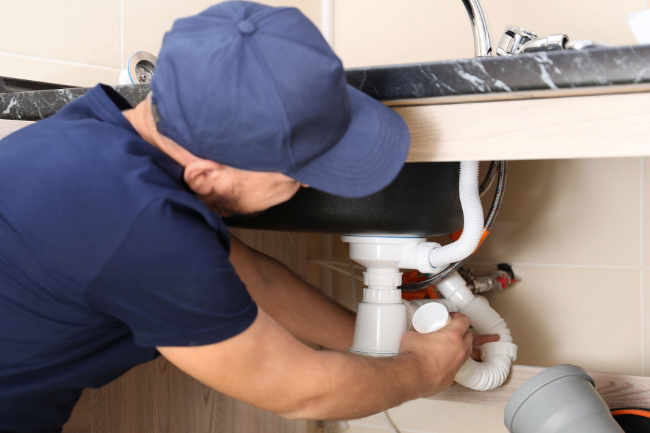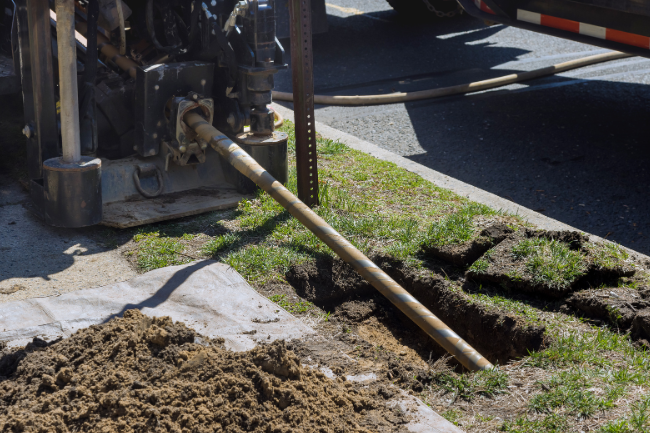Lateral Lining Repair Explained [Video]
Posted by William Heinselman on
As you may know, aging is inevitable. The same is true for your home, food and your sewage system. Metal pipes are susceptible to rust, corrosion and root intrusions; bottom line metal pipes aren’t invincible, so how can you help keep your pipelines in working condition for an extended period of time?
There is an alternative solution for piping that will last at least 50 years. It’s a trenchless technology known as lateral lining or cured-in-place lateral pipe lining. This is a unique process that can be performed as preventative measures, before your pipeline cracks, or during an emergency.
What is Lateral Lining?
Lateral lining allows the plumbing professional to repair or replace damaged and broken pipelines. Unlike metal piping, lateral lining uses an epoxy resin liner to line your existing pipe for a more durable pipeline than before without having to dig a gaping hole in your yard. It can repair residential and municipal lines.
How It Works
You may be wondering how you can repair or replace an underground pipeline without having to dig a hole and expose the damaged pipe. For municipal lining, the lateral lining process is often called manhole-to-manhole lining. This process is performed through existing pipe access points, manhole entryways, which drastically reduces, or even eliminates, any major surface excavations.
Step 1
The first step in the lateral lining process is to send a small video camera through the pipeline to assess the extent of the damage and the integrity of the pipe.
Step 2
Next, we use rollers to smooth and spread the liquid resins in the PVC coated liner to ensure that the liquids evenly coat the liner.
Step 3
The liner will then be inserted, into the pipe, using a special machine, and is shot through the pipe by air pressure. It will unfold inside out so that the resin soaked liner adheres to the pipe wall.
Step 4
A bladder is fed through the pipe and inflated with air pressure which pushes the wet lining against the inside of the pipe.
Step 5
Once the resin has cured-- typically within a few hours-- the bladder is removed.
Step 6
Lastly, when the new pipe is completed, a small video camera will be sent through the pipe to ensure the integrity of the new installation.
Why It’s Beneficial to You
Using any form of trenchless technology offers a plethora of benefits for municipal and residential projects alike; lateral lining is ideal for:
- Eliminating root intrusion
- Closing holes in pipe walls
- Sealing open joints
- Bridging missing pipe
- Preventing infiltration and ex filtration
Some of the most common benefits of using lateral lining for repairing or replacing pipelines include:
- No damage or interruption to your property including streets, sidewalks and residential or commercial properties above municipal lines
- Environmentally sound end-result, resistant to the elements and degradation
- Short renovation time frame-- typically a few hours to a day depending on the project
- Cost effective and reliable for over half a century
Whether you are having trouble with your sewage system or just want to reinforce your existing pipelines, lateral lining can help you achieve either; contact a leader in trenchless technology to learn more about how your pipelines can benefit from lateral lining.
Topics: Trenchless Technology, Pipe Leaks and Repair, Sewers


![Repiping Your Sacramento Home [6 Steps]](https://www.expresssewer.com/hs-fs/hubfs/plumbing%20tools%20and%20blueprints.jpeg?width=550)




